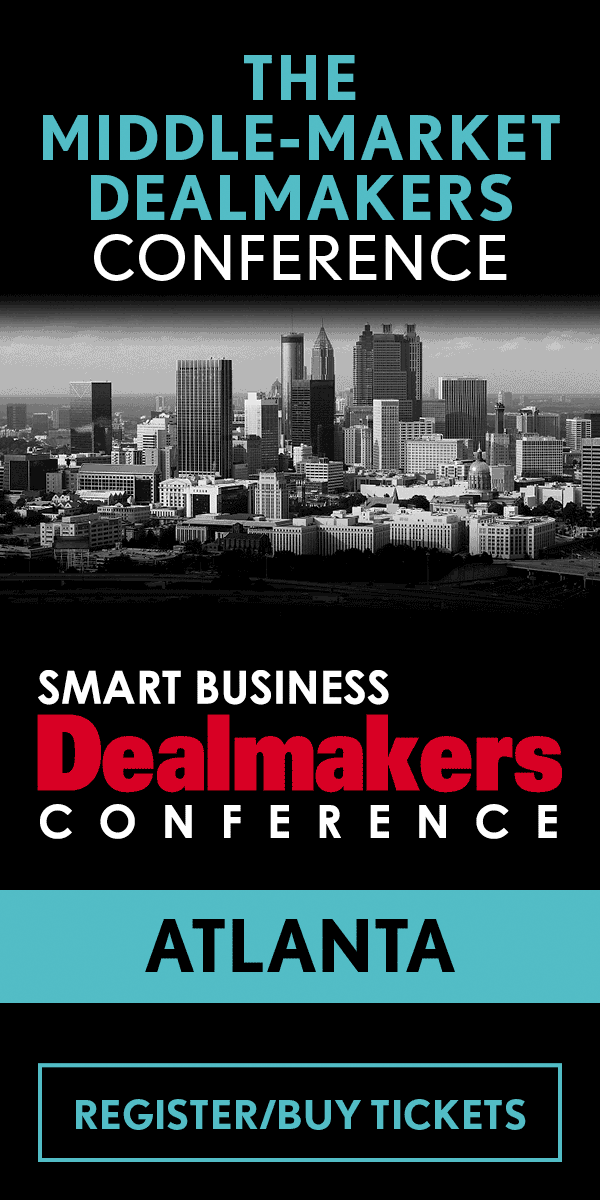When employees get acquired, it's not their choice, says Mary Burback, vice president of employee success and development at Delavan-based Kyle Enterprises, which does business as Millennium.
“We're doing it to them and for them, and it's our job to really create that employee proposition so that they understand the why of it,” she said at the Milwaukee Smart Business Dealmakers Conference. “You show them the value, you get them coming along. You can anticipate [questions such as], ‘Am I going to lose my job? Is my coworker going to lose their job? Am I going to have a new department? Am I going to have a new manager? Am I going to lose my benefits?’ There's so many things that swirl in people's heads that you really need to be intentional about calming some of that down.”
To counter that, she says they lead with their culture and core values. Also, she says through their due diligence on the company, they planed on how they would bring that across, in part through the onboarding process to the acquired company.
“If you can get them in the fold, so to speak, in that first 90 days, it makes a huge difference in productivity, engagement and long-term retention,” she says.
It’s also critical to make sure employees get paid and that the benefits are right, because those elements are personal — not only to them, but to their family. She says they also get their leaders involved in performance management, and make sure that they do it right at all layers of the organization.
“We do one-on-one meetings, we do quarterly conversations, we do team building — just intentional points where we bring people together to talk because if you're talking, you're going in the right direction,” Burback says.
Something that is important in the onboarding of an acquired company is knowing the business that was bought and meeting the company where it's at.
“You can't come in and expect them to be where you're at,” she says. “Really creating that transition plan to help the employees come along the journey with you is super helpful. So, we brought our culture to them.”
Their approach in a recent transaction was to be on site with a team that knew how to build relationships, could talk with people and were open to bringing people into the fold and integrating them.
“That is the biggest thing,” Burback says. “You got to like the people that are showing up to walk you through, How am I going to get paid now? What kind of insurance am I going to have?”
She says after the site visit, there were employees who, months later, were still talking about the engagement.
“We broke bread with them. That's a great way to establish that first little layer of trust is normal people stuff — you come in, you have good Q&A sessions, you eat with them,” she says. “You are there not just for a day, I would suggest a week. That usually is, from an employee's perspective, not a dump and run. It really shows that you're committed with that onboarding. And then when you get through that initial phase, it's really what do you do after that?”
They also do pulse surveys — starting after the first week, they do them every 30 days for three months, then at the six month and year marks. Those results are incorporated into their annual engagement surveys. She says the pulse surveys help give them a sense of what's going on so that they can get ahead of any issues. They also do some in-person interviews because the personal touch makes a huge difference. Then she says they focus on making connections within the teams, get them in the operating cadence with the EOS system, get them involved and listen when they voice their opinions.
“Having a voice is huge, and actually listening,” Burback says. “And then if you're going to listen, make sure you do something with it. Otherwise, don't ask.”
Because employees typically don’t often interact with the C suite, and HR may get a bad rap, she says it can be a good idea to have some of these initiatives led by the operators in the organization — those responsible for the day-to-day work and oversight — because they will influence more change.
Generally, she says it's all about the relationships and building that trust. That needs to be done early and has to be maintained.
“If you're going to say you're going to do something, you need to do it and you need to identify the people who are on the team and be aware of the people that are causing the drama underneath the radar because you won't know,” she says. “But if you talk to the employees, they'll all know.”




